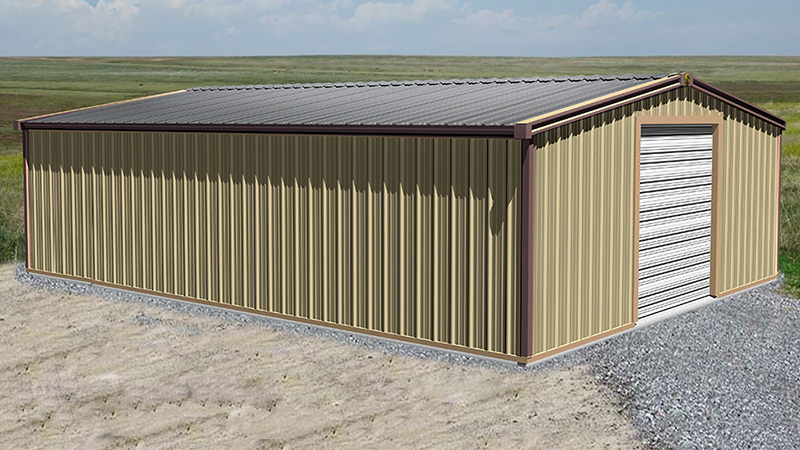
Staying Moisture Free with a Steel Building
Despite the benefits of a steel building, staying moisture-free can be difficult. In order to prevent this problem, a steel building must be properly ventilated. The air inside the structure should have a moisture content less than 60% and there should be at least 6-8 air exchanges per hour. This can be difficult if the building is not properly insulated. Metal buildings should have better-grade insulation to reduce their utility bills. Better-grade insulation also helps prevent condensation.
It is important to properly insulate a steel building. This will help control the temperature inside the structure, preventing rust, corrosion, and mold from developing. Different materials can be used to insulate a steel building. Here is a list of some of them:
The right insulation will keep the interior of your steel building as cool as possible. This will prevent condensation. Proper insulation will prevent condensation by blocking moisture from entering the building. Furthermore, proper insulation will help limit the growth of mold and mildew. Moreover, excess moisture can cause health problems for people due to the musty odor. If you’re prone to allergies and asthma, this could be a serious problem. In addition, wet insulation can cause rust and corrosion on metal surfaces.
In order to prevent condensation and mold, your steel building should be properly ventilated. Excess moisture can cause problems for your building. However, it is not necessary to hire a professional to do this. You can purchase store-bought cleaners to clean up mildew. Mold, on the other hand, is a more dangerous fungus. It can cause respiratory problems, allergies, and asthma, as well as headaches. It can also cause a steel building to be more prone to leaks and corrosion.
Water leaks will affect your steel building’s structure and can lead to a fungi and pest infestation. This can damage the goods inside, and can have costly consequences in the long run. Even a small leak can become a major infestation. If water leaks are not addressed in time, it will deteriorate slowly. If you don’t fix a leak, you’ll need to hire a professional to make structural repairs.
While moisture damage may occur in any type of building, it is important to know how long it takes for the affected materials to decay. A steel building that is damaged during a period of 6 months may be more susceptible to rust than a steel building that hasn’t been treated. The damage is also more likely to be irreversible than a building that has been damaged for years. A rusty building will be more susceptible to a fire than a steel building that has been properly ventilated.
Another way to insulate a steel building is by using rigid boards. This material has multiple performance ratings, and it’s easy to install yourself. The only downside is that fiberglass can easily shred into fine fibers and cause irritated skin. It also attracts mice and birds. Fiberglass is usually sold with a protective facing, which can double as a decorative feature. The insulation should be installed properly to prevent moisture from affecting the building’s structural integrity.
The best time to install a steel building is in the fall and winter. When the outside temperature is forty degrees or lower, metal is able to cool down and condense inside the building. That moisture will then drip through the walls and roof. The water will eventually damage the steel building. But unlike its traditional counterparts, steel buildings are more resistant to rust than their wood and concrete counterparts.
Water sources in a steel building are many. Common reasons include condensation, leaks in the exterior envelope, and plumbing. Water can also enter a building through a breach in the exterior envelope. Flowing water around trim, leaks in flashing and sealants, and condensation of water vapor will all lead to moisture problems. Moisture can also lead to microbial growth and physical deterioration.
